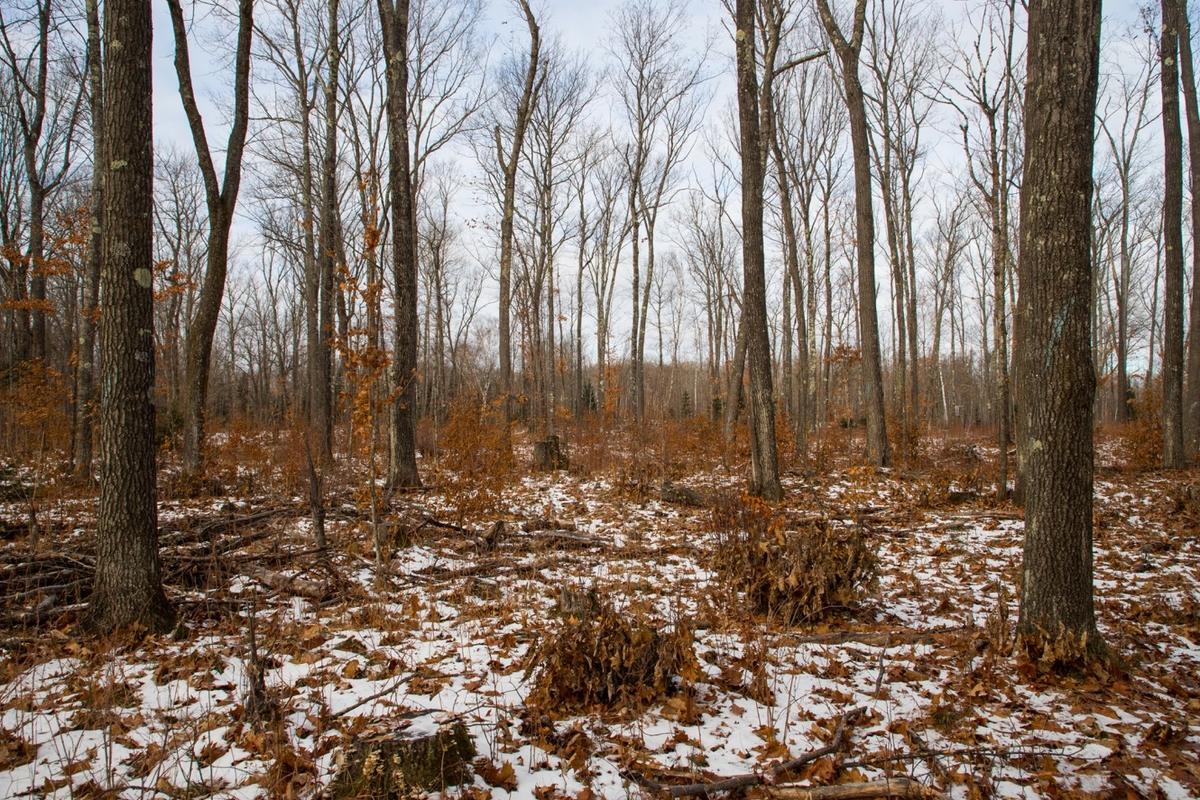Overview
The management goals of this prescription are to maintain and increase the extent of northern red oak covertype while improving the quality of the stands by regenerating seedlings that have the opportunity to be managed and a greater potential to grow into higher quality specimens. The plan is to achieve this using a shelterwood system. This treatment area is part of a large block of Carlton County managed land. The first stage of the treatment began in 2013 and, as of 2018, is still awaiting the final harvest.
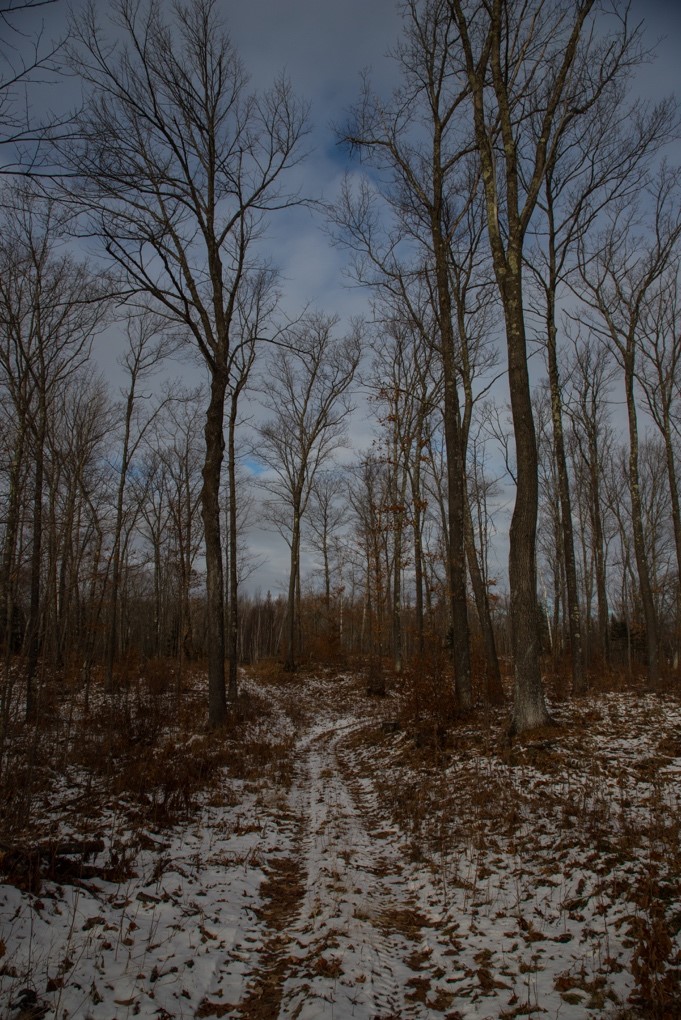
Figure 1: The red oak stand after the 2013 shelterwood harvest.
Silviculture Objective(s)
The objective is to create the light conditions and regeneration environment needed to naturally regenerate red oak using the shelterwood system. A shelterwood harvest was implemented with the goal of removing the overstory canopy to let more light through for advanced regeneration and provide natural regeneration from the residual trees.
Pre-treatment stand description and condition
Stand establishment and management history:
The stand was established in 1923 and at the time of the first treatment in 2013 was 90 years old. The stand was intitially harvested of all large conifers around 1900. Any remaining merchantable conifers and red oak were "piece meal" harvested after that when markets changed to utilize smaller material and different product demands emerged. Small amounts of unauthorized firewood cutting has taken place in the last 50 years as the site is easily accessed by vehicle. This is evident as white pine stumps can be found throughout the sale area.
Pre-treatment species composition:
Before the 2013 shelterwood regeneration harvest, the stand was composed primarily of red oak with varying amounts of trembling aspen, basswood, paper birch, and maple species also present. The maple makes up a large part of the advanced regeneration and fills the understory (33-55') range.
Pre-treatment growth and stocking:
The overstory had a total basal area 150 sq ft/ac. The cords per acre totals 40 with red oak making up the majority at 35 cords per acre (Table 1) .
Table 1. Overstory cords per acre by species. It should be noted that smaller amounts of basswood and trembling aspen are present.
| Species | Cords per acre |
| Red Oak | 35 |
| Sugar Maple | 1.5 |
| Red Maple | 3.5 |
| Total | 40 |
The stocking for the understory and advanced regeneration shows maple species having 1,500 seedlings per acre and red oak with 250 seedlings per acre (Table 2).
Table 2. Stocking for the understory and advanced regeneration. It should be noted that small amounts of basswood are present.
| Species | Seedlings per acre | Notes |
| Red Oak | 250 | No advanced regeneration over 2’ in height found |
| Maple | 1500 | With heights from 6" to 6' |
| Total | 1750 |
Pre-treatment forest health issues:
Eutypella canker present on some red oak and sugar maple.
Landowner objectives/situation:
This area is tax-forfeited land that has been marked for conservation by Carlton County. It is currently managed as a Memorial Forest which involves a multi-purpose use and is reserved for those lands with the best timber management potential.
Silviculture Prescription
Desired future conditions: Maintain the Northern Red Oak cover type. The goal is to have 600 red oak seedlings per acre and have at least 70% of the stand stocked with red oak within 15 years of the initial harvest.
Due to the advanced age of the pre-treatment stand and a lack of consistent management, a shelterwood harvest will take place to encourage natural regeneration. After acorns are dropped in the fall after this harvest, anchor chaining or disc trenching will be explored to bury acorns that have fallen. When the target of 600 seedlings/acre is reached, timber stand improvement (TSI) work will be done to remove any competing stems around the red oak regeneration. Stems to be released around will be selected spatially to cover the site evenly.
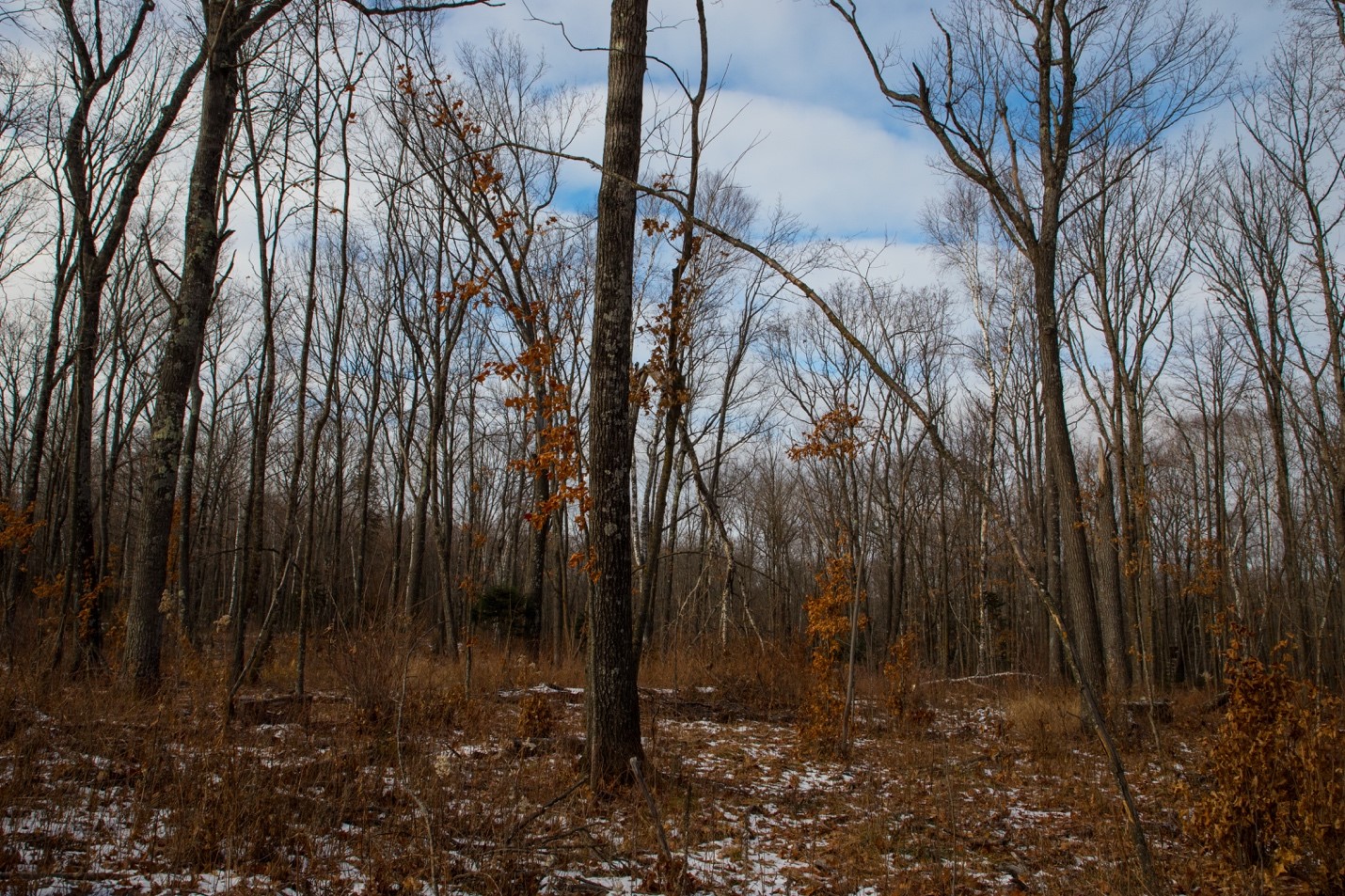
Figure 2: Residual stem density after a shelterwood harvest of a red oak stand that took place in 2013.
What actually happened during the treatment
The red oak shelterwood harvest was sold at a timber auction on December 5th, 2013. The harvest took place during frozen ground conditions during the winter of 2013/2014 by a crew that used a cut to length processor and forwarder. A post-harvest inventory and a regeneration survey took place in the summer and fall of 2018. Although the target of 600 red oak stems/acre has been reached, the TSI work has not yet taken place, as of the end 2018.
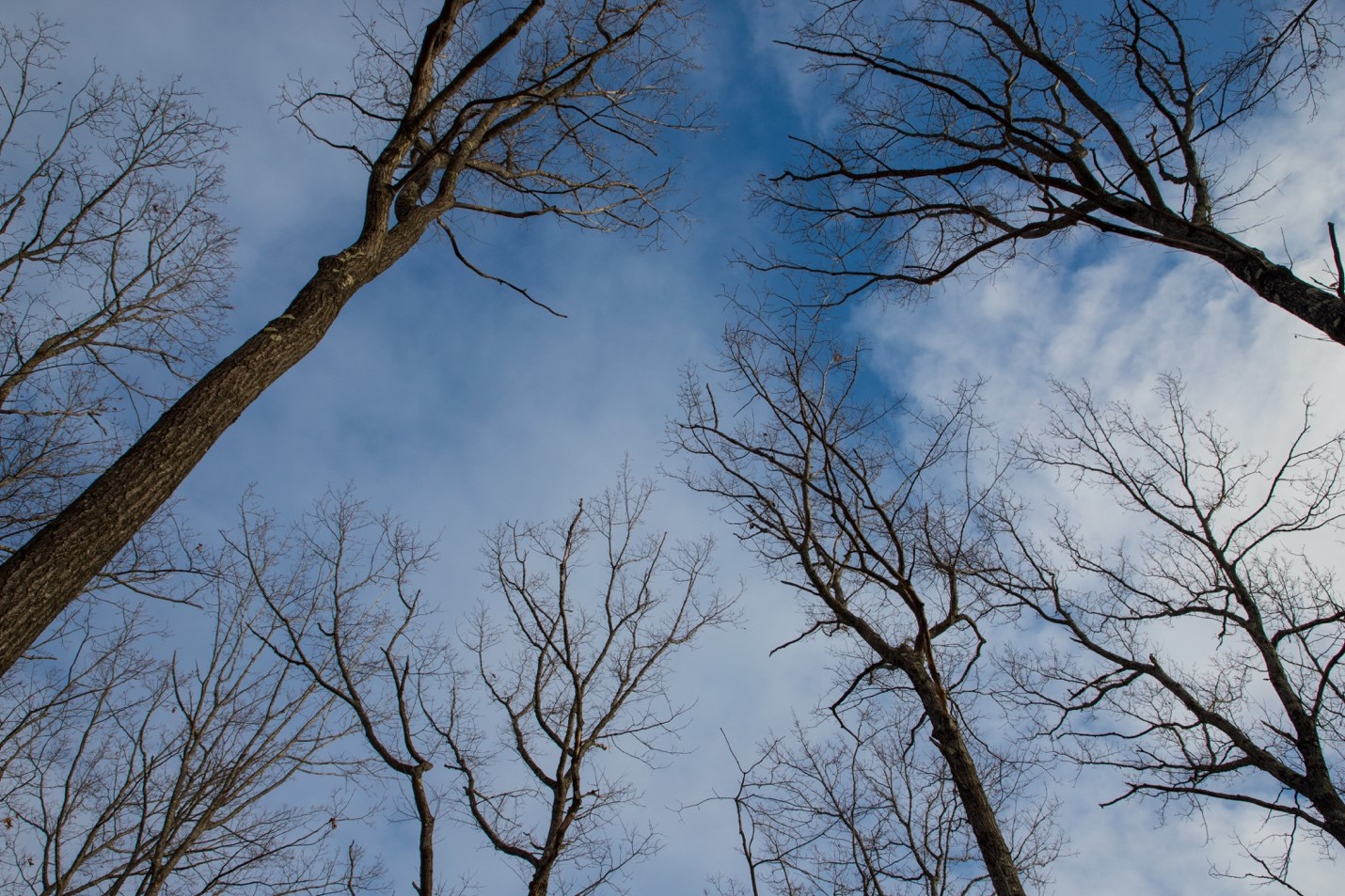
Figure 3: Residual canopy density after a shelterwood harvest of a red oak stand that took place in 2013.
Post-treatment assessment
Inventory information was gathered for the stand post-harvest in the fall of 2018 for red oak:
Covertype: Red oak
- Basal area: 66 sq ft/ac
- Cords/ac: 21
- Average DBH: 16 in
- Average height: 82 ft
Regeneration survey information gathered in the summer of 2018 shows red maple with the most seedlings per acre at 4,363 seedlings per acre (Table 3).
Table 3. Regeneration survey information in trees per acre by species.
| Species | TPA (seedlings/acre) |
| Red Maple | 4363 |
| Red Oak | 1522 |
| Paper Birch | 795 |
| Big-toothed Aspen | 704 |
| Total | 7,384 |
Plans for future treatments
There is a potential for mechanical release but as of the winter of 2018 it is being deemed as most likely not needed. The plan is to reevaluate in the summer of 2019 to better gauge the height of the red oak regeneration (at least 600 seedlings/acre that are 2 feet or greater in height) before planning the final harvest of the overstory trees.
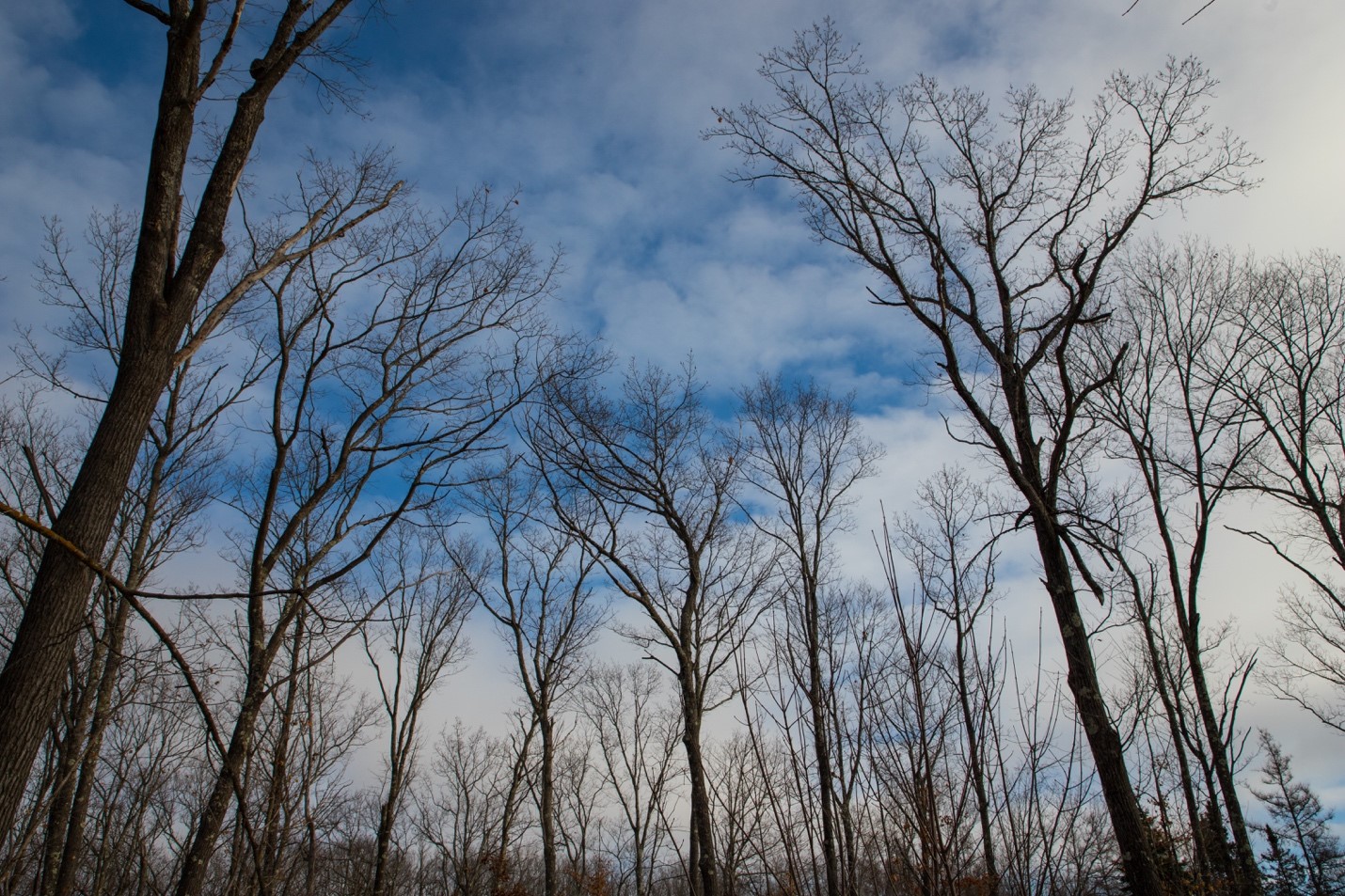
Figure 4: Residual canopy density after a shelterwood harvest of a red oak stand that took place in 2013.
Costs and economic considerations
The total value of merchantable timber from the initial shelterwood harvest was $2,130.00.
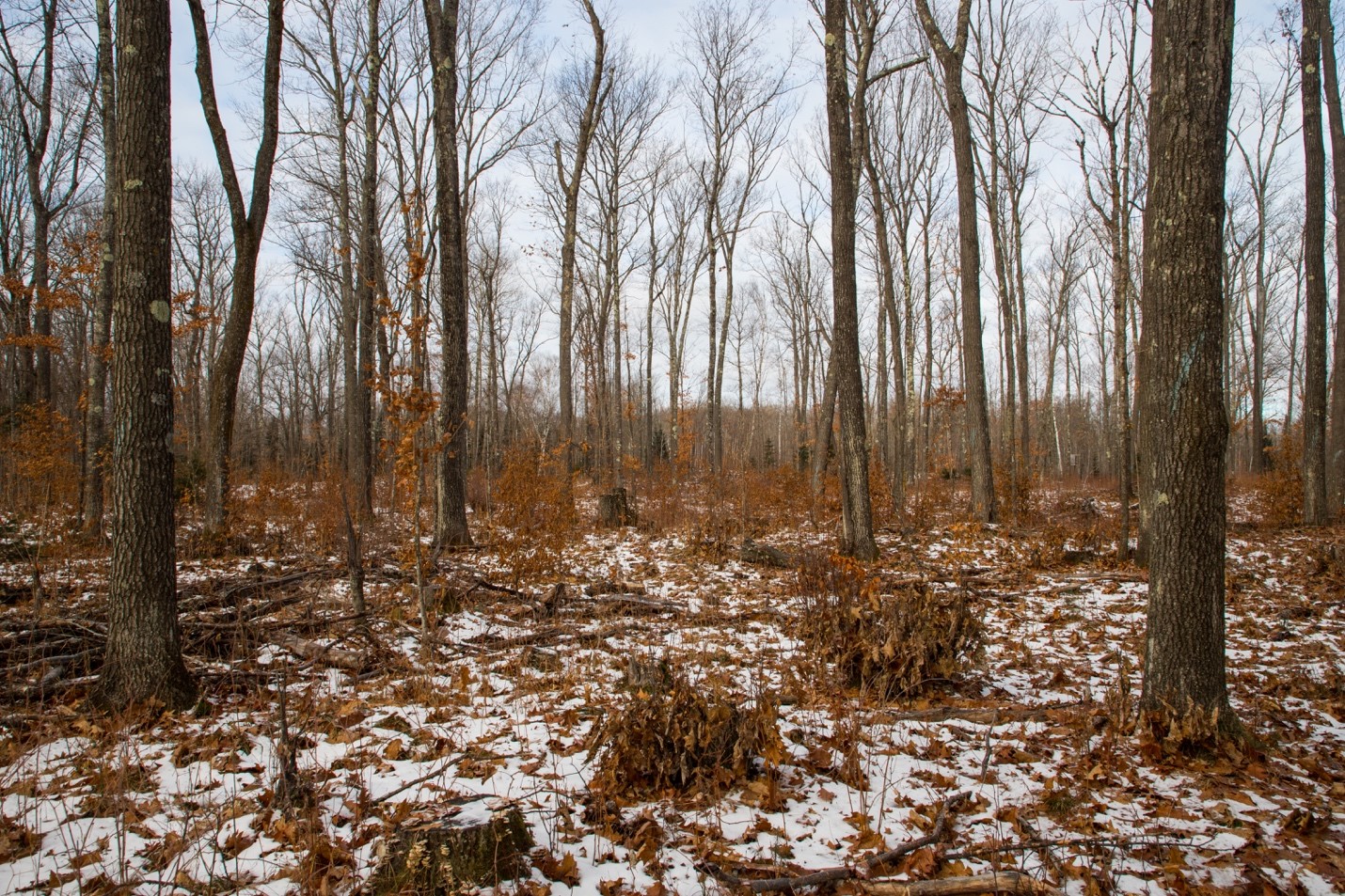
Figure 5: Residual stem density after a shelterwood harvest of a red oak stand that took place in 2013.
Summary / lessons learned / additional thoughts
Overall the treatment is trending towards the original objective of naturally regenerating the stand. In this region, the red oak resource tends to be undermanaged, underutilized, and of advanced age. That being said, Carlton County has sites that seem capable of growing quality red oak when they are managed. The lack of management has led most of these red oak stands along a path where they are being replaced by tolerant species such as sugar maple and basswood. Managing aged red oak stands for regeneration will not only provide ecological benefits (mast, large future cavity trees, and/or diversity) but diversified economic benefits in the future as well.
